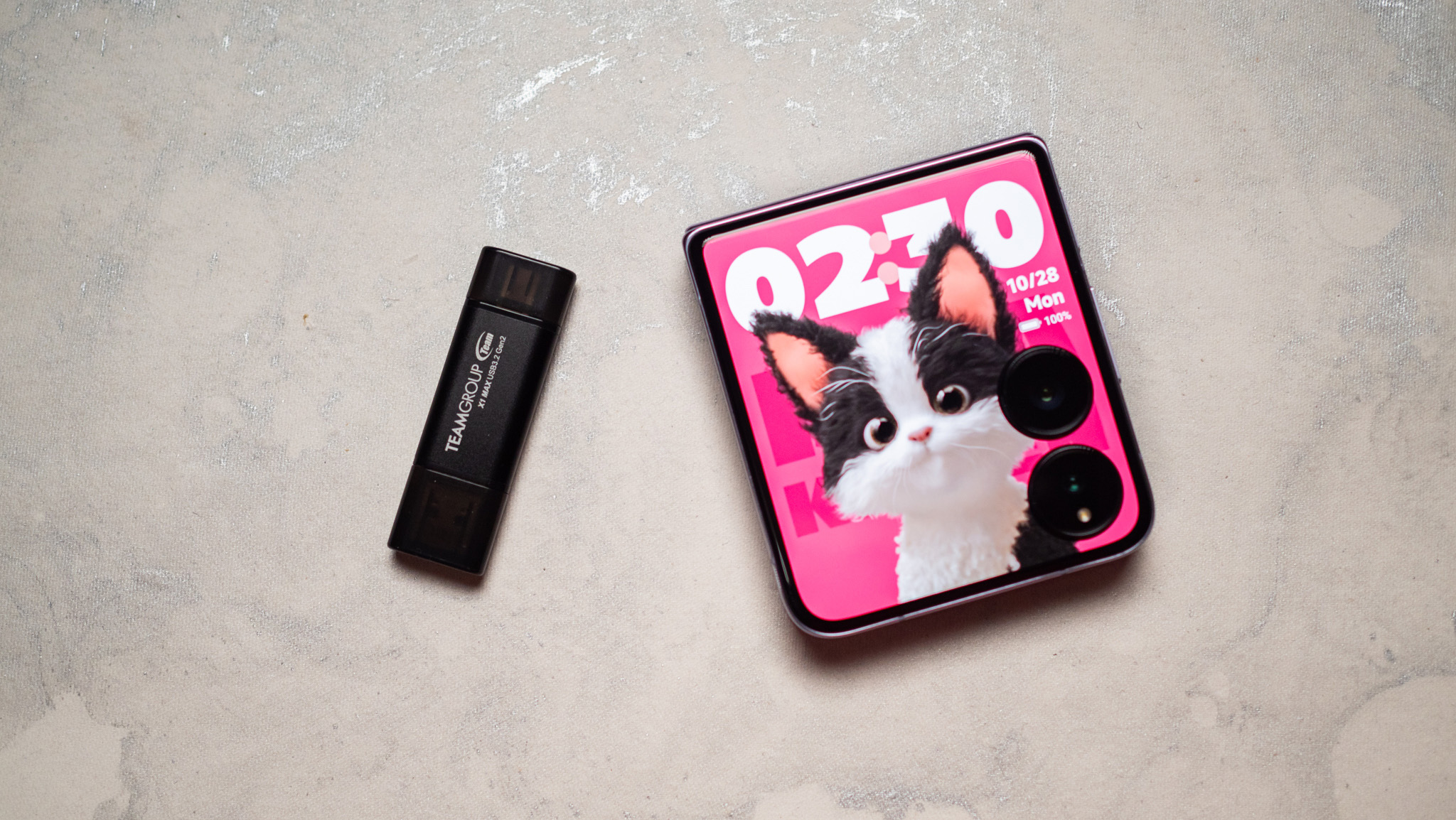Nona-binning makes the Galaxy S22 Ultra take great photos — here's why
More light is more important than more pixels!
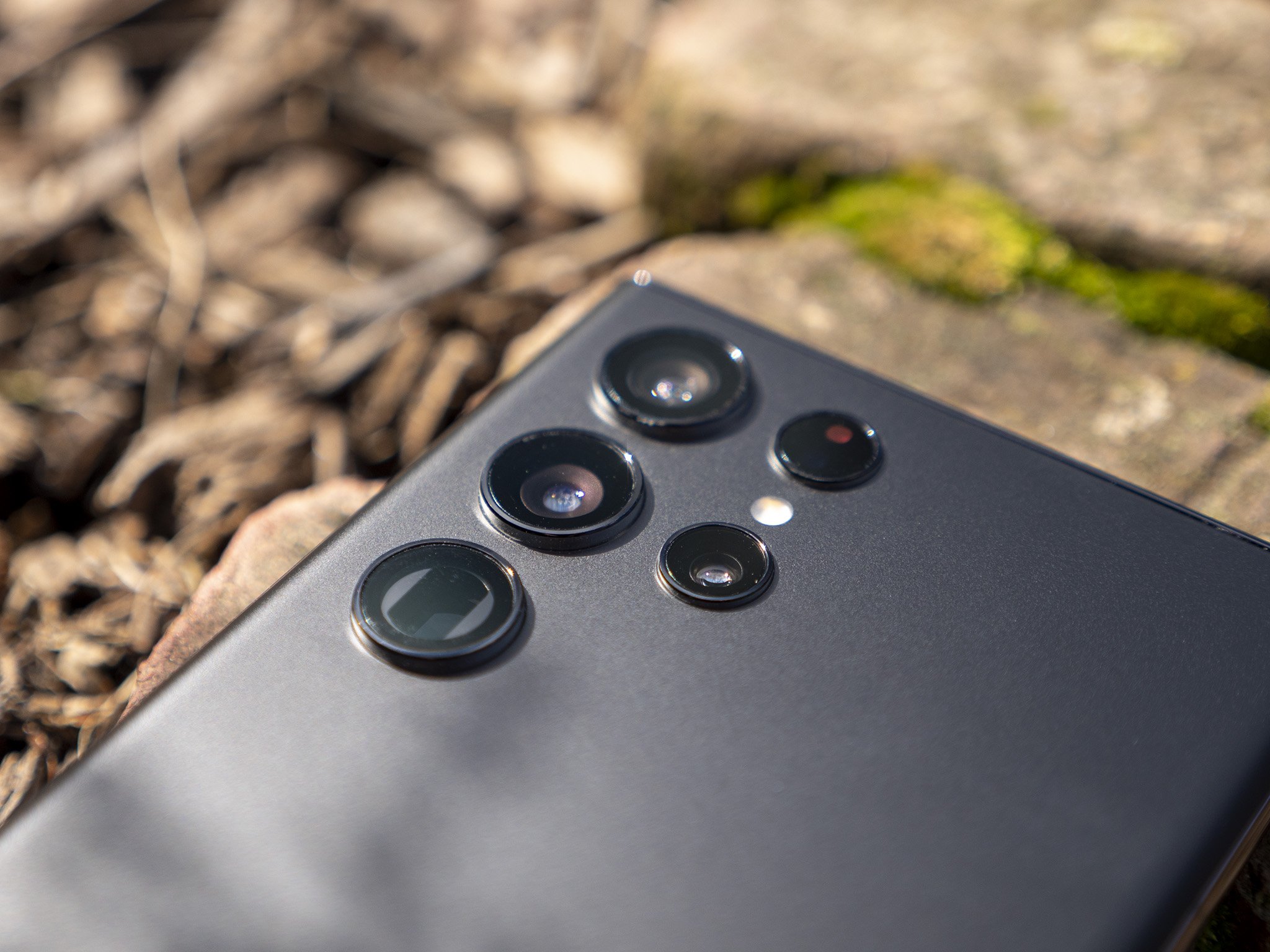
Pixel binning isn't exactly a new idea — smartphone cameras have used the technology for a while now. It's the reason the 50MP or 108MP camera actually takes photos of a lower resolution and the reason they look so good. But what is it, and what does the Galaxy S22 Ultra's nona-binning bring to the table?
The simple answer is that you can take an array of pixels on a camera sensor and use software to combine them into one larger pixel, which means your photo will turn out better. The full explanation is pretty cool too.
What is a pixel and what does one actually do?
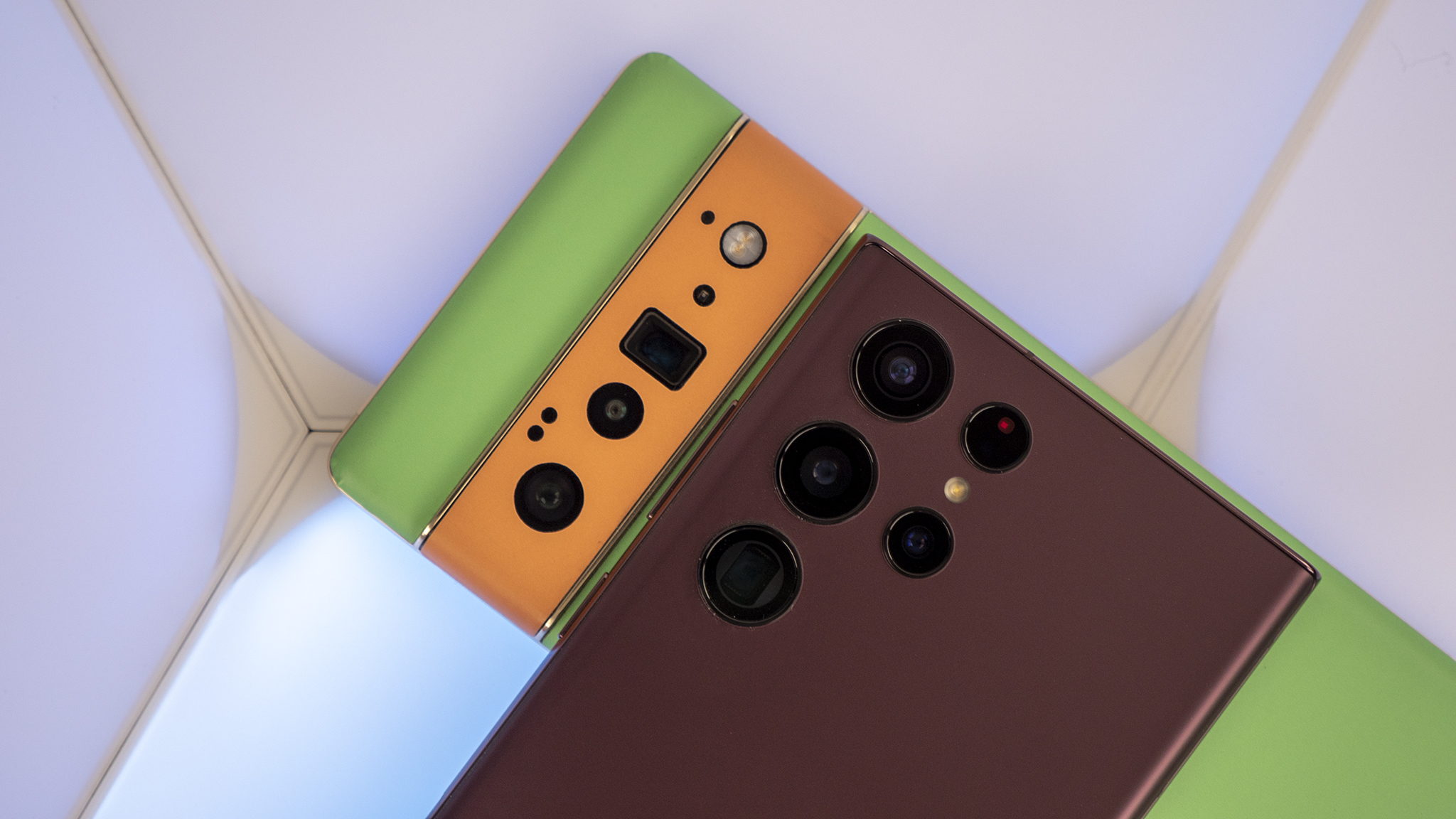
The word pixel has several definitions but when you're talking about camera hardware it's the name used to describe a set of three photosites (one red, one green, and one blue) on a camera sensor. Your phone's camera has millions of them and the mega prefix makes it easier to write — saying 50MP instead of 50 million pixels is easier and everyone likes easy when it comes to complicated things.
Because people tend to think that more is better, we equate better photos with cameras that have a higher MP count. Many times that's true, but there are a lot of drawbacks to cramming something like 108MP on a camera sensor. The biggest is that they have to be tiny.
More is often better but it can also have serious side effects.
A pixel only does one thing: capture available light and transmit it as data. While more pixels means more data, it also means less light is captured when they are made smaller to fit on a tiny sensor. If you want to get really in-depth about how filters and photosites work to capture light as a pixel check this link out for all the details.
Essentially, you're getting more bad data instead of less good data when you use millions of super-small pixels to capture the light. Good data is what you need to take a good digital photo, so there needs to be a way to leverage so many of these pixels to get better data — that's where pixel-binning comes into play.
Binning to the rescue!
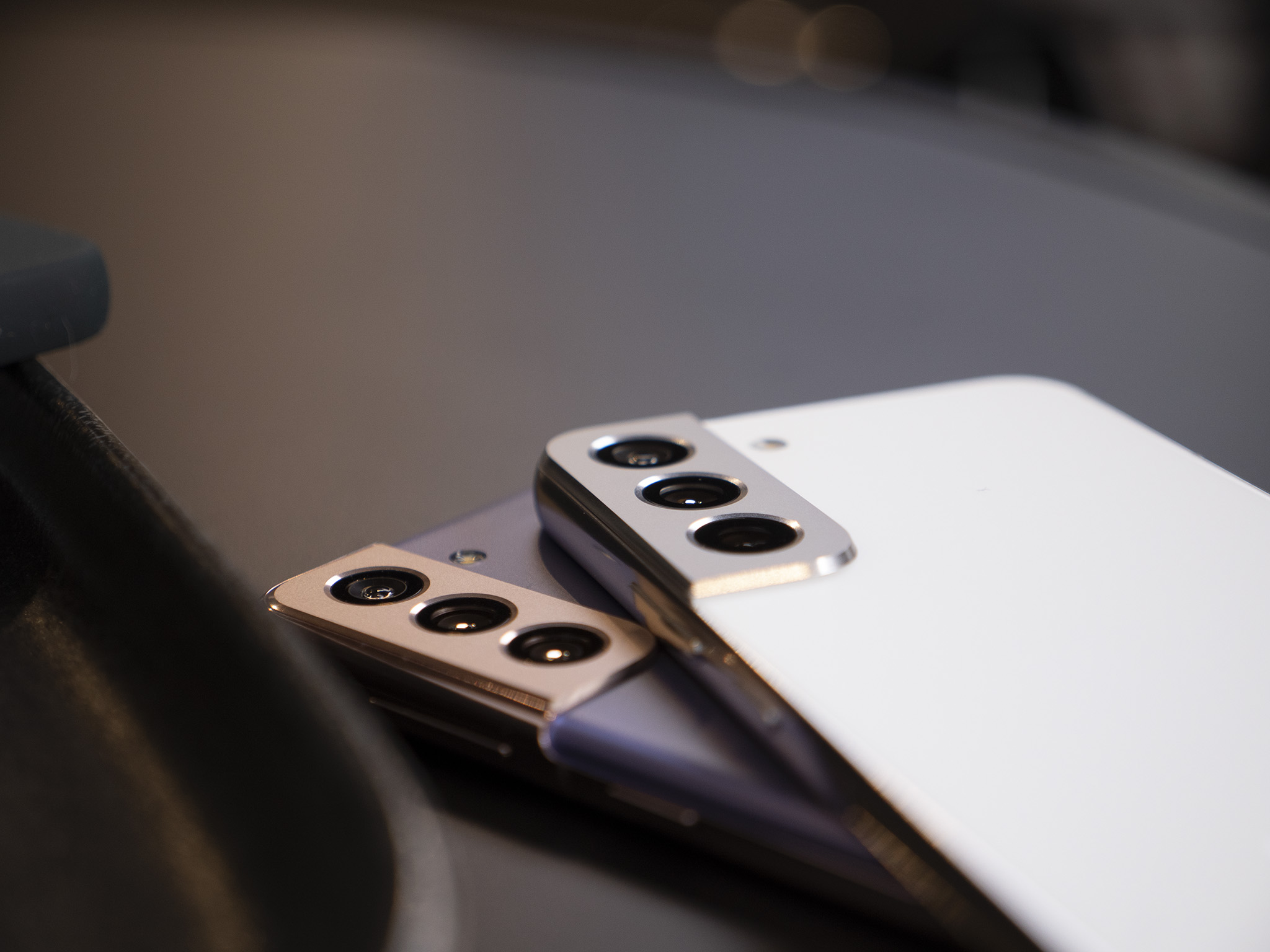
Pixel binning takes a group of tiny individual pixels and bundles them into something that functions as a single larger pixel. That means the pixel can collect more light data and the software that turns that data into a photo has more "good" data to work with. All of the best Android camera phones use this technique.
Be an expert in 5 minutes
Get the latest news from Android Central, your trusted companion in the world of Android
In the case of the Galaxy S22 Ultra, the technique is called nona-binning because it combines nine pixels into one.
The sensor is cut into three by three sections of pixels. Each section is combined to produce a single point of capture for available light. And light is what we see — reflections of different wavelengths of light are individual colors. More light data means better photos and 12 million good data points are better than 108 million not-so-good data points.
The best of both worlds
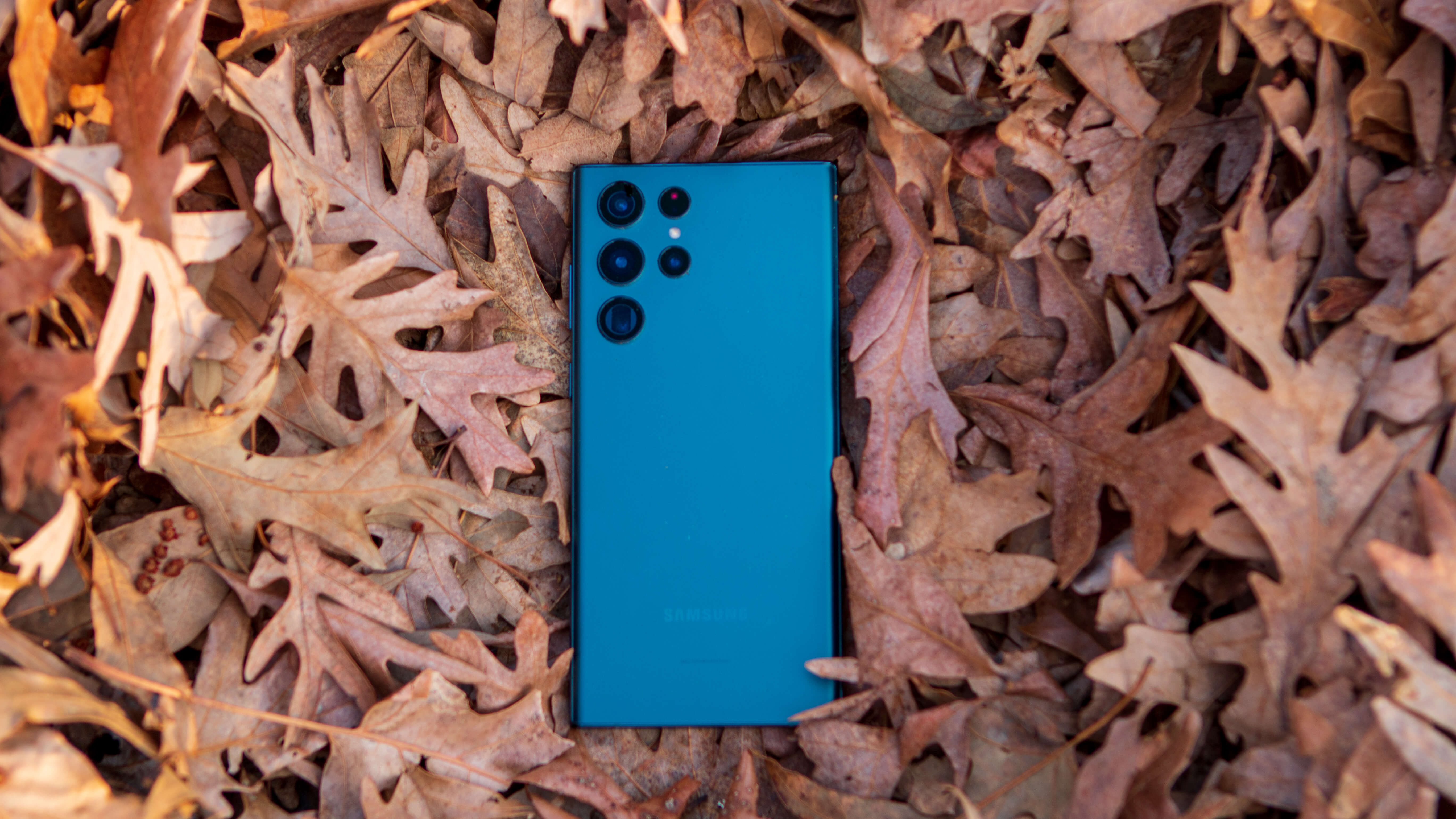
But 108 million good data points is even better and the Galaxy S22 Ultra has you covered there, too, thanks to the new Adaptive Pixel camera feature.
Adaptive Pixel is a feature where the hardware and software work together to take two different sets of data at the same time when you tap the capture button. You get a 12MP photo using the nona-binning technique and a full 108MP photo where each pixel acts independently. Sometimes, that works even better.
Adaptive Pixel takes two good things and mixes them together
To understand why, you need to think about why pixel binning is done in the first place — to provide good light data. Sometimes the light data is always going to be good.
An example would be if you're taking a photo outside in the bright light and using a stable camera mount of some sort. As long as you have the light on the subject of the photo and not shining into the camera itself, and everything is very still, getting 108 million data points can make for a spectacular photograph without worrying about digital noise.
Adaptive Pixel uses software magic to emulate this idea. You get all the detail of the full 108MP photo combined with all the light data of the nona-binned photo — the image processer inside your phone can combine the two. Since turning light data into a photograph isn't easy, any feature that can assist is a good thing.
You might not be a pro photographer but with the Galaxy S22 Ultra, your photos can make you feel like one, thanks to features like nona-binning and Adaptive Pixel.

Jerry is an amateur woodworker and struggling shade tree mechanic. There's nothing he can't take apart, but many things he can't reassemble. You'll find him writing and speaking his loud opinion on Android Central and occasionally on Threads.
